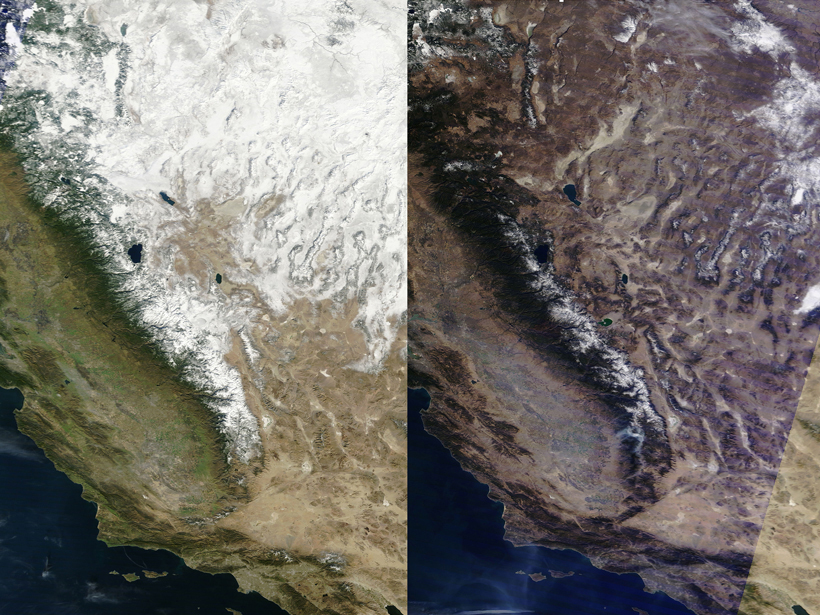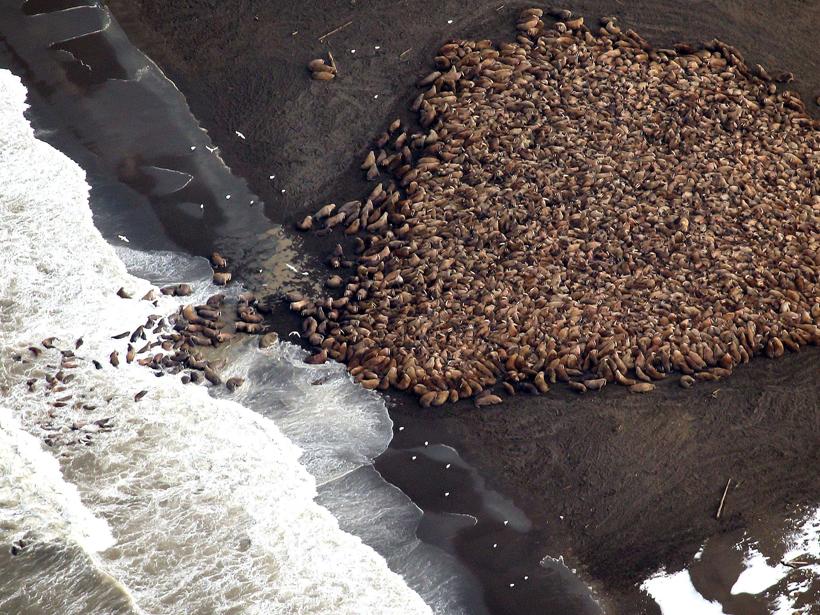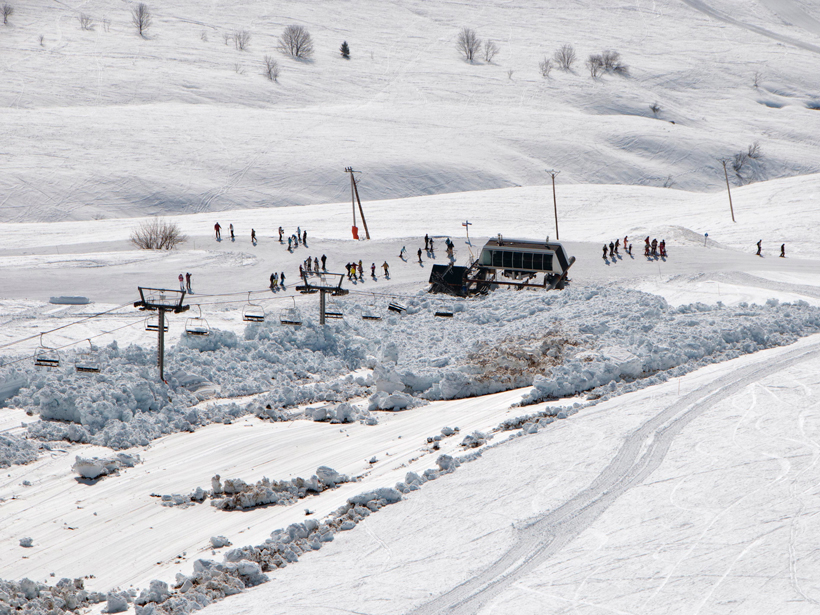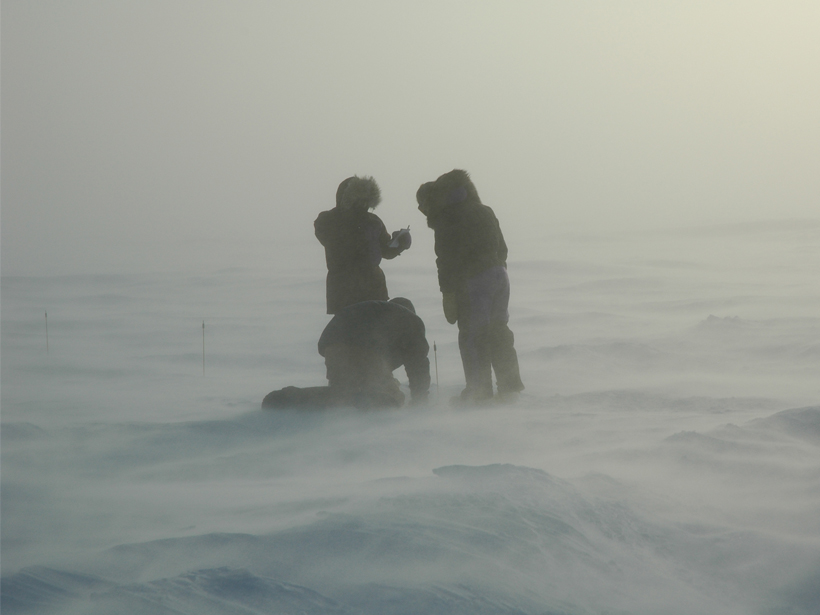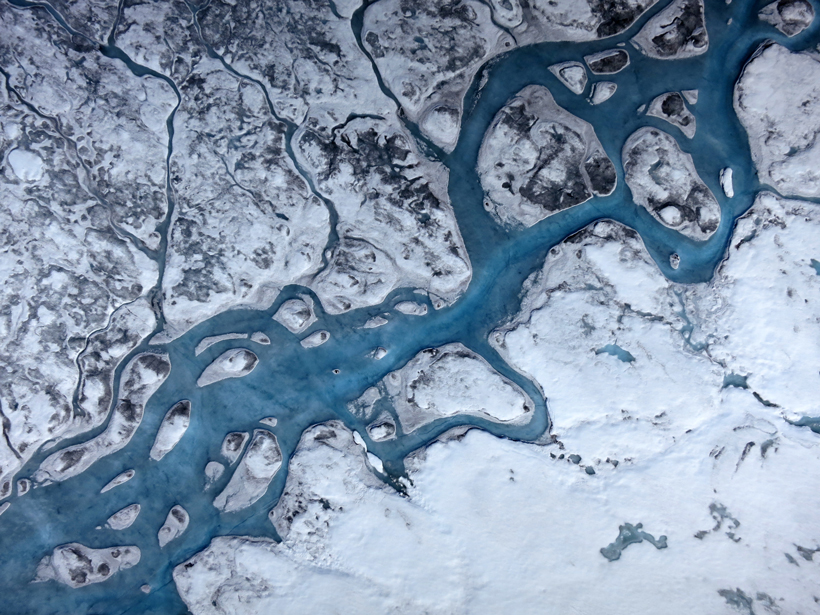Satellite data and modeling reveal a trend toward coarser-grained, more-light-absorbent snow.
snow
Quantifying Terrestrial Snow from Space
MicroSnow2 and SnowEx Workshops; Columbia, Maryland, 13–17 July 2015
Climate Change Freezes Mountain Wildflower Reproduction
New research provides evidence that plants that flower earlier in the year because of climate warming experience more frost damage and have less reproductive success.
Climate Change Drives Increasing Snowfall in Western Antarctica
Using ice core records from West Antarctica, researchers look back at the past 300 years of snowfall over the Amundsen Sea.
Arctic Report Card Highlights Profound Regional Changes
The annual assessment focuses on changes to sea ice, snow cover, temperature, and other indicators. Scientists say that changes in the Arctic also affect climate globally.
Slow-Moving Glide Avalanches Still Pack a Punch
Predicting glide avalanches and explaining how they work are difficult tasks, but the forces they exert can be calculated fairly well.
Improving Representation of Snow on Sea Ice in Climate Models
Snow on Sea Ice Workshop; Barrow, Alaska, 29 April to 1 May 2015
What Darkens the Greenland Ice Sheet?
Limited observational data sets and incomplete surface energy balance models constrain understanding of the driving processes for Greenland's ice sheet.
Kapnick Receives 2015 Cryosphere Early Career Award
Sarah Kapnick will receive the 2015 Cryosphere Early Career Award at the 2015 American Geophysical Union Fall Meeting, to be held 14–18 December in San Francisco, Calif. The award is for "a significant contribution to cryospheric science and technology."
Do Cities Cause Thundersnow?
Analysis of lightning within a February 2011 snowstorm reveals that 73% of lightning flashes occurred close to tall, human-built structures.


